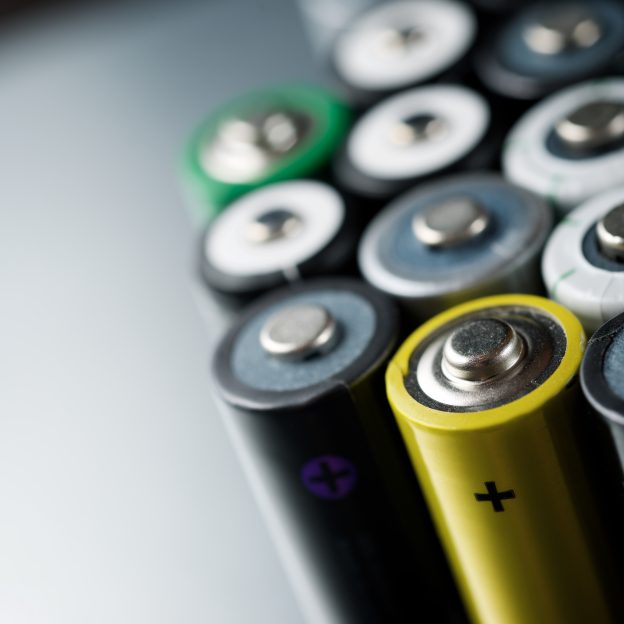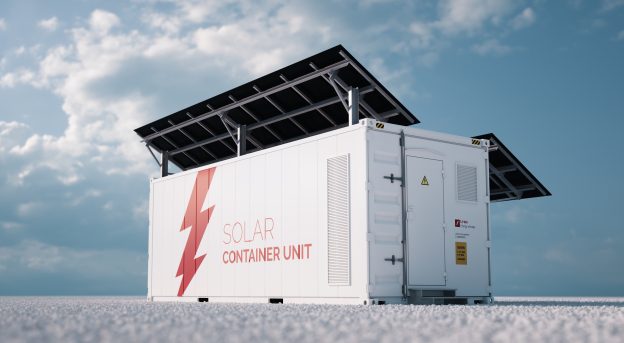In the U.S., there are nearly 12,000 power projects waiting in interconnection queues, with the majority being based on renewable sources. These projects represent a combined capacity of 1,570 GW for power generation and 1,030 GW for storage. Renewable sources make up 95% of the total capacity in the active queue, with over 94% (approximately 1,480 GW) of the proposed generation capacity being zero-carbon, as per a recent report from Berkeley Lab.
Before these projects can connect to the grid, utilities and regional grid operators require them to undergo a series of assessments to determine if new grid system enhancements are necessary. This process also involves estimating and allocating the associated equipment costs.
The lists of projects seeking grid connection and undergoing evaluation are referred to as "interconnection queues." Despite strong developer interest in solar, storage, and wind energy, the completion rates for these projects are typically low, resulting in longer wait times. From 2000 to 2018, only about 19% of projects (equivalent to 14% of total capacity) that applied for interconnection had reached commercial operations by the end of 2023. Completion rates are particularly lower for solar (14%) and battery (11%) projects.
Wait times rise
The average duration that projects spend in the queue before becoming operational has significantly increased. In 2023, an average project took nearly five years from the interconnection request to commercial operations, compared to three years in 2015 and less than two years in 2008.
The proposed capacity is widely distributed across the U.S. Solar capacity is proposed in most regions, with over 1 terawatt (TW) of solar actively queued. Additionally, there is over 1 TW of storage capacity in the queues, mainly concentrated in the Western region and California Independent System Operator (CAISO), but also present in the Electric Reliability Council of Texas (ERCOT), Midcontinent Independent System Operator (MISO), and Pennsylvania-Jersey-Maryland Interconnection (PJM).
Wind capacity accounts for over 360 gigawatts (GW) in the queues, with the majority located in the non-ISO West, New York Independent System Operator (NYISO) (offshore), PJM, and Southwest Power Pool (SPP) regions. Collectively, solar (1,086 GW), storage (1,028 GW), and wind (366 GW) represent 95% of the total active capacity in the queues, with most of the solar and storage capacity being part of hybrid power projects.

Following the implementation of the Infrastructure and Reconciliation Act (IRA), over 1,200 GW of capacity (including more than 500 GW of solar, over 540 GW of storage, and 125 GW of wind) have submitted applications for interconnection. The IRA has introduced a range of tax credits and other measures aimed at expediting the development of clean energy.
Although not all interconnection requests made after the IRA can be directly linked to its provisions, these measures have notably boosted developer interest in clean energy.
Almost 99% of the storage capacity in the interconnection queues consists of battery-based storage. Nevertheless, there are active requests totaling 10 GW for pumped hydro, hydrogen, and compressed air energy storage.
The U.S. Federal Energy Regulatory Commission has laid out measures to reduce the lengthy queues of renewable energy projects awaiting interconnection to the nation's transmission grid.

Interconnection agreements
Approximately 49% (1,271 GW) of the total capacity in the interconnection queues has proposed online dates by the end of 2026, with 12% (311 GW) of this capacity already having executed interconnection agreements. Around 52% of solar capacity (566 GW) is projected to be operational by the end of 2026, compared to 50% of storage capacity (514 GW) and only 33% of wind capacity (120 GW). Additionally, 14% of solar capacity has integrated resource plans (IRPs), along with 15% of wind capacity and 10% of storage capacity.
There is a noticeable increase in capacity within hybrid plants, with hybrids constituting 53% of active solar capacity (571 GW), 51% of storage capacity (525 GW), and 13% of wind capacity (49 GW). Hybrid power project capacities, including solar energy, consist of solar+storage (548 GW), solar+wind (0.2 GW), and solar+wind+storage (12 GW). Wind power included in hybrid projects covers wind+storage (35 GW), wind+solar (0.2 GW), and wind+solar+storage (13 GW).

More than 70% of interconnection requests are ultimately withdrawn. Only a small fraction, approximately 19% of requests (equivalent to 14% of the total capacity) submitted between 2000 and 2018, had been completed and built as of the end of 2023.
Study timelines
Wind projects generally undergo longer interconnection study timelines compared to recent battery and gas projects. They also typically require a longer duration to progress from the request date to commercial operations, with standalone battery projects showing the fastest progression.
As of the end of 2023, the combined capacity of just solar and wind now active in the queues exceeds the total installed U.S. power project fleet capacity and surpasses the estimated capacity needed to approach a zero-carbon electricity target. Hybrids, particularly solar (solar+battery) and wind hybrids, constitute a significant and growing share of proposed projects, especially in the CAISO and Western regions.
Approximately half of the active capacity in the queues is projected to come online before 2026, with 12% already having executed interconnection agreements.
Source: Mercom







